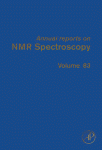 “Recent Advances in Small Molecule NMR: Improved HSQC and HSQMBC Experiments” by Laura Castañar and Teodor Parella. Annual Reports on NMR Spectroscopy, 2015, 84:163–232. DOI: 10.1016/bs.arnmr.2014.10.004
“Recent Advances in Small Molecule NMR: Improved HSQC and HSQMBC Experiments” by Laura Castañar and Teodor Parella. Annual Reports on NMR Spectroscopy, 2015, 84:163–232. DOI: 10.1016/bs.arnmr.2014.10.004
A general description of the latest developments in heteronuclear single-quantum correlation and heteronuclear single-quantum multiple bond correlation experiments designed for small molecules at the natural isotopic abundance is reported. Continue reading Review: Recent Advances in Small Molecule NMR: Improved HSQC and HSQMBC Experiments
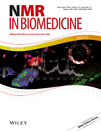
 “Opposite metabolic responses of shoots and roots to drought” by Albert Gargallo-Garriga, Jordi Sardans,
“Opposite metabolic responses of shoots and roots to drought” by Albert Gargallo-Garriga, Jordi Sardans, 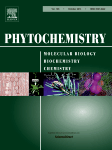
 “Suppresión of phase and amplitude JHH modulations in HSQC experiments” by
“Suppresión of phase and amplitude JHH modulations in HSQC experiments” by 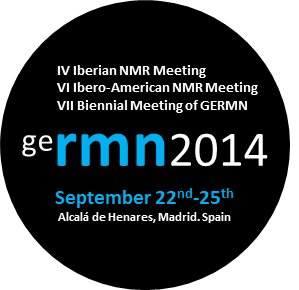
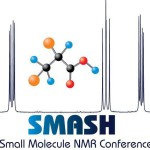
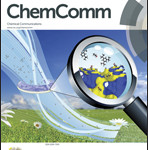
 -Phase Heteronuclear Correlation NMR Experiments ” by
-Phase Heteronuclear Correlation NMR Experiments ” by